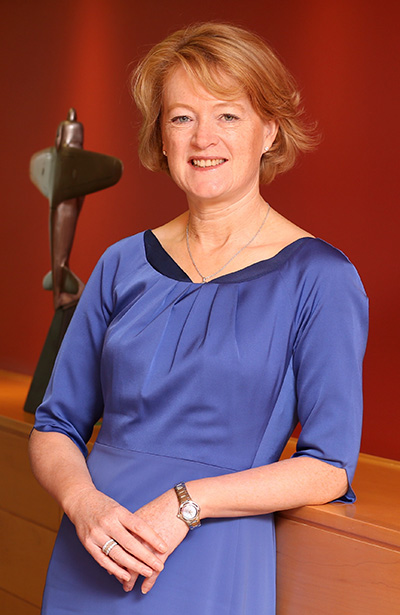Mason Hayes & Curran warns of declining diversity in aviation industry

Christine O'Donovan
Diversity at board or C-suite level in the aviation industry has declined in recent years, a survey by Mason Hayes & Curran LLP has found.
Just 17 per cent of those surveyed by the law firm report that the percentage of employees at C-suite or board level that identify as female, or as a member of a minority group, is greater than the generally accepted threshold of 30 per cent. This figure peaked at 22 per cent in 2020 with a gradual reduction year-on-year since then.
The law firm’s seventh annual survey of aviation professionals was conducted during the summer of 2022 and looks at diversity issues such as gender, ethnicity, religion and sexual orientation in the aviation industry.
Nearly half (46 per cent) of those surveyed said that there had been no improvement in diversity at C-suite level in their organisations over the past 12 months, with 47 per cent also reporting no improvement at board level.
Commenting on the results, Christine O’Donovan, chair of Mason Hayes & Curran LLP, said: “Looking back on the results of the survey over the last seven years, I remain very concerned by the slow pace of change and low percentage improvement of diversity candidates in the aviation industry.
“Average percentage representation in the upper echelons has stagnated well below the 30 per cent level set for sophisticated international business. Career progression of women and diversity candidates appears to have flatlined.”
The results highlighted a 10 per cent decline in the number of organisations with a diversity and inclusion committee in place, with the number falling from 51 per cent in 2021 to 41 per cent this year.
Of those who don’t have a diversity and inclusion committee, two-thirds now state that they believe their organisation would benefit from the setting up of a committee — an increase from 62 per cent last year.
Despite the recent introduction of mandatory gender pay gap reporting, almost half (48 per cent) of respondents said their company has not conducted a gender pay gap analysis in the past 12 months. Just 11 per cent confirmed their company has conducted an analysis, with 41 per cent reporting that they were not aware if this had taken place.
Ms O’Donovan said: “Publicity associated with reporting on board composition and C-suite highlights and celebrates the success of those at the very top. The successful few cannot effect change alone. The cultural tone in most organisations is set from the top.
“A simple and effective tool to embrace the gender issue is to establish diversity and gender committees with real power and authority to effect change. Participation on a diversity committee, without power, authority and a clear sense of what its objectives are, can be frustrating and unfulfilling. Organisations benefit from selecting and engaging the best people to work on this issue to call out areas for improvement and facilitate and incentivise change.
“Organisations should also consider conducting a gender pay gap analysis, and share results with staff and stakeholders and, where needed, promptly effect measures to achieve equality in compensation levels for designated grades.”










